What Makes a Good Screenplay? (Part 2)
Bueller? Bueller? Bueller? Funny Ferris Bueller The Product of Serious Screen-Writing Skill
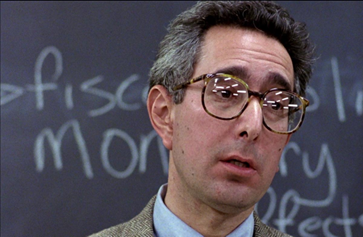
Ben Stein plays a weary economics teacher taking attendance in Ferris Bueller’s Day Off.
March 2, 2023
Welcome to Part 2!
Last time we looked at The Matrix as an example of a strong screenplay and broke down a scene. Today, let’s check out something from the comedy genre, Ferris Bueller’s Day Off by John Hughes. Let’s see how these two examples differ.
This is an iconic scene from Ferris Bueller. Again, I will break it down by section.
First, we have a section of description. The camera takes us by several pairs of shoes, which clearly characterize each person wearing them. While we won’t really get to know these characters, the specifics mentioned here help to establish the cliques at Ferris’s school. Most people can recognize these cliques, so it’s relatable. Plus it’s fun – we see a definite contrast between the teacher and the students, just by their shoes.
One thing to notice about this particular scene in comparison from the one we looked at last time is the amount of white space on the page. The Ferris Bueller scene is heavily dialogue based, while the Matrix scene has more words on the page. This is to be expected from an action film. Comedy films tend to have less action and more dialogue, since the comedy aspect comes mostly from the dialogue section of a screenplay.
Description is important in a screenplay, as it allows the reader to picture how the movie might look. However, short sections of purely dialogue can make the writing flow nicely and have a faster pace. This strategy is often used in comedy movies and in intense scenes in action movies. In general, it’s important to find a balance between action and dialogue, so dialogue isn’t choppy and action isn’t too specific (unless a specific action is especially important to the story). This scene is well-paced because of the lack of description between lines of dialogue.
Another notable item in this scene is how much camera direction is given. The camera directions here allow the audience to picture the sequence as it would appear on screen. We can “see” the classroom. We can “see” the empty desk.
I mentioned how shoes (description) can provide characterization. Dialogue can also help characterize and differentiate between people in a scene. We see this toward the end of the scene in particular. When the girl tells the teacher what supposedly happened to Ferris, the way she speaks establishes her as a character who knows a lot of people and is probably popular in school. At the same time, the teacher’s “weary” response characterizes him as a tired, exasperated person, which adds to the humor of the scene.
Summary
This is a great scene to watch or read. From a technical standpoint, the scene utilizes camera directions well to direct the audience. It also pays close attention to detail, providing characterization for even these minor characters. Perhaps this scene’s best quality, however, is its humor.




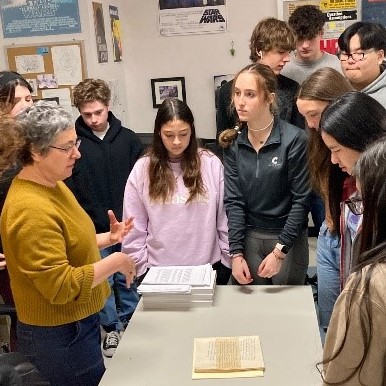

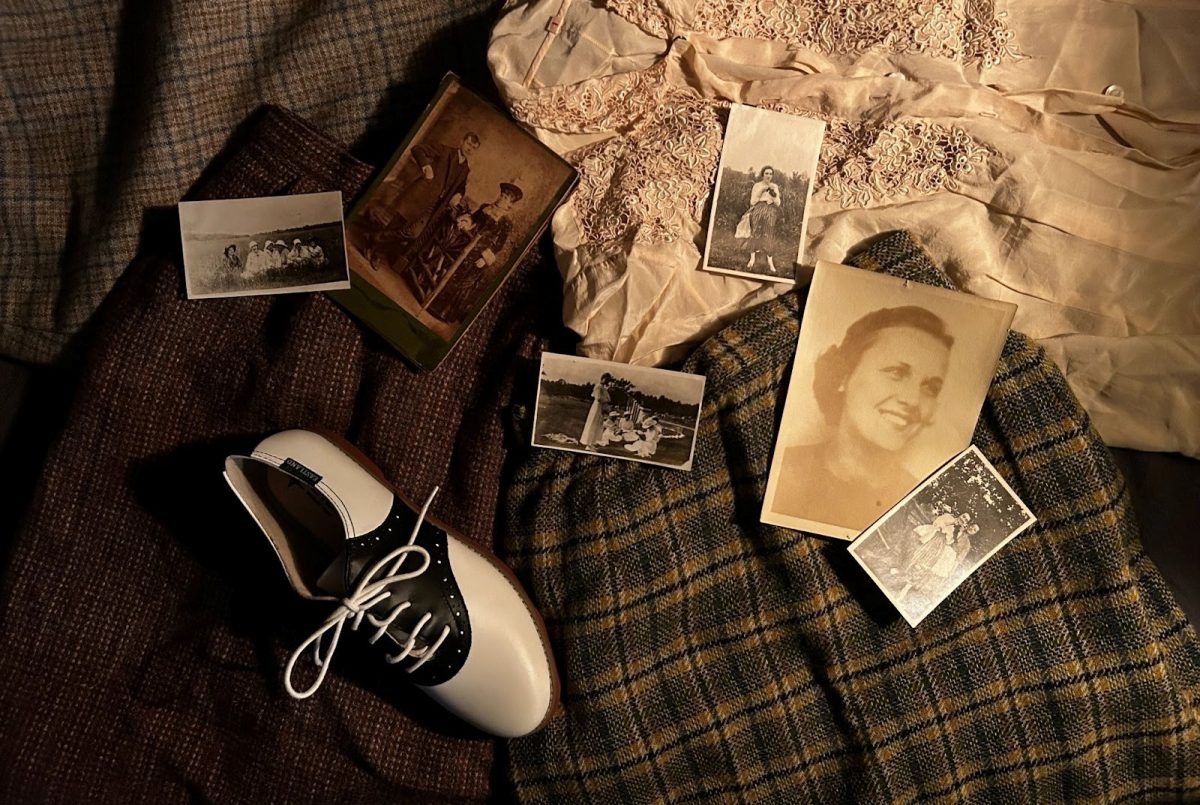







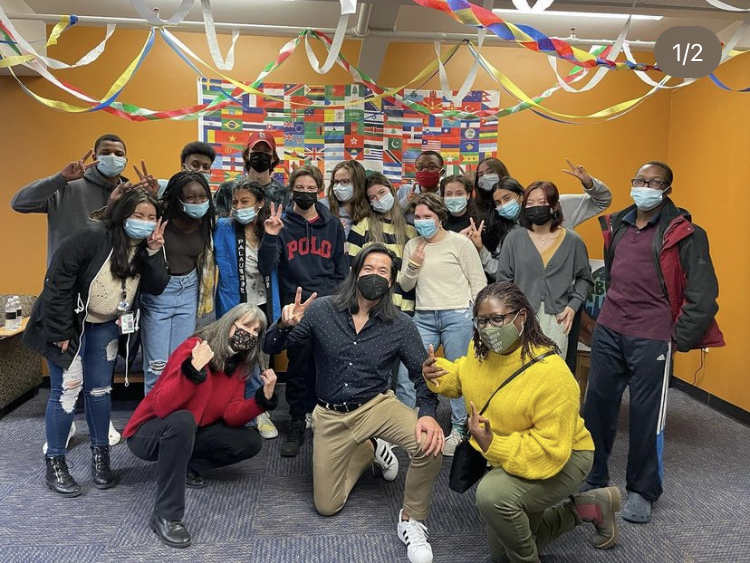


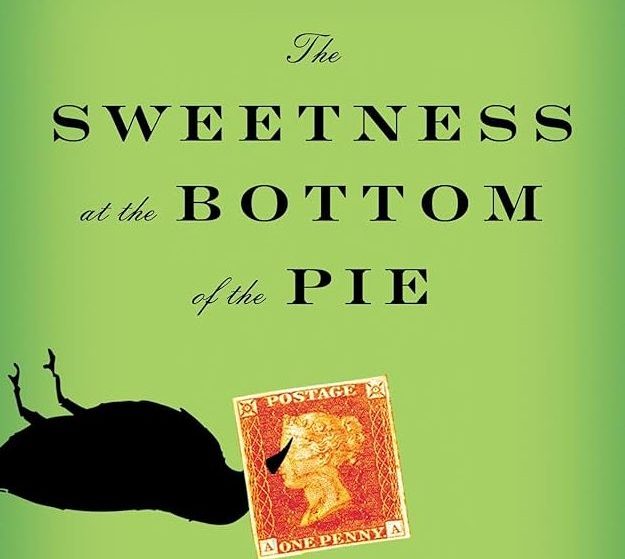



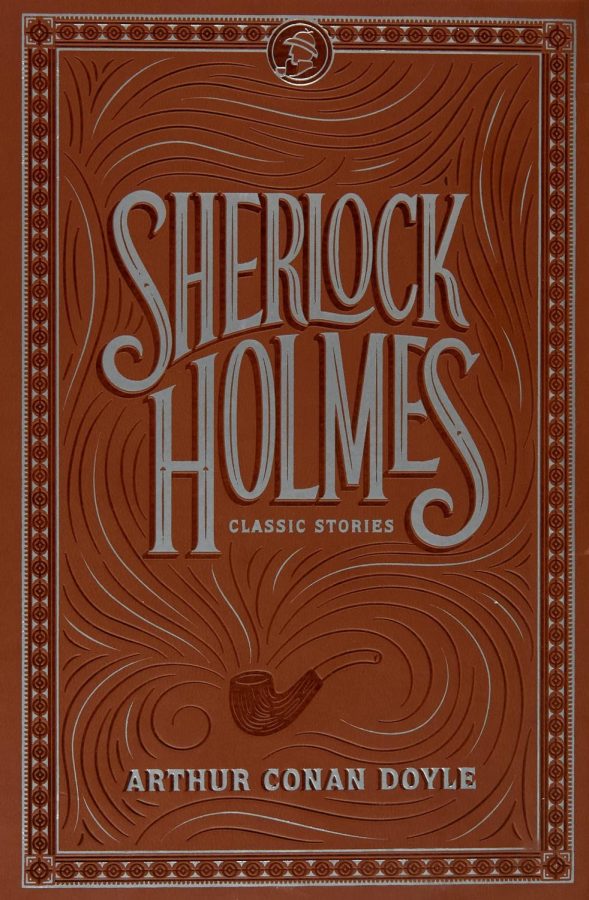









Bill • Mar 2, 2023 at 11:35 am
I always learn something from your pieces, like I’m taking a class from an expert teacher! Your knowledge and passion is evident.